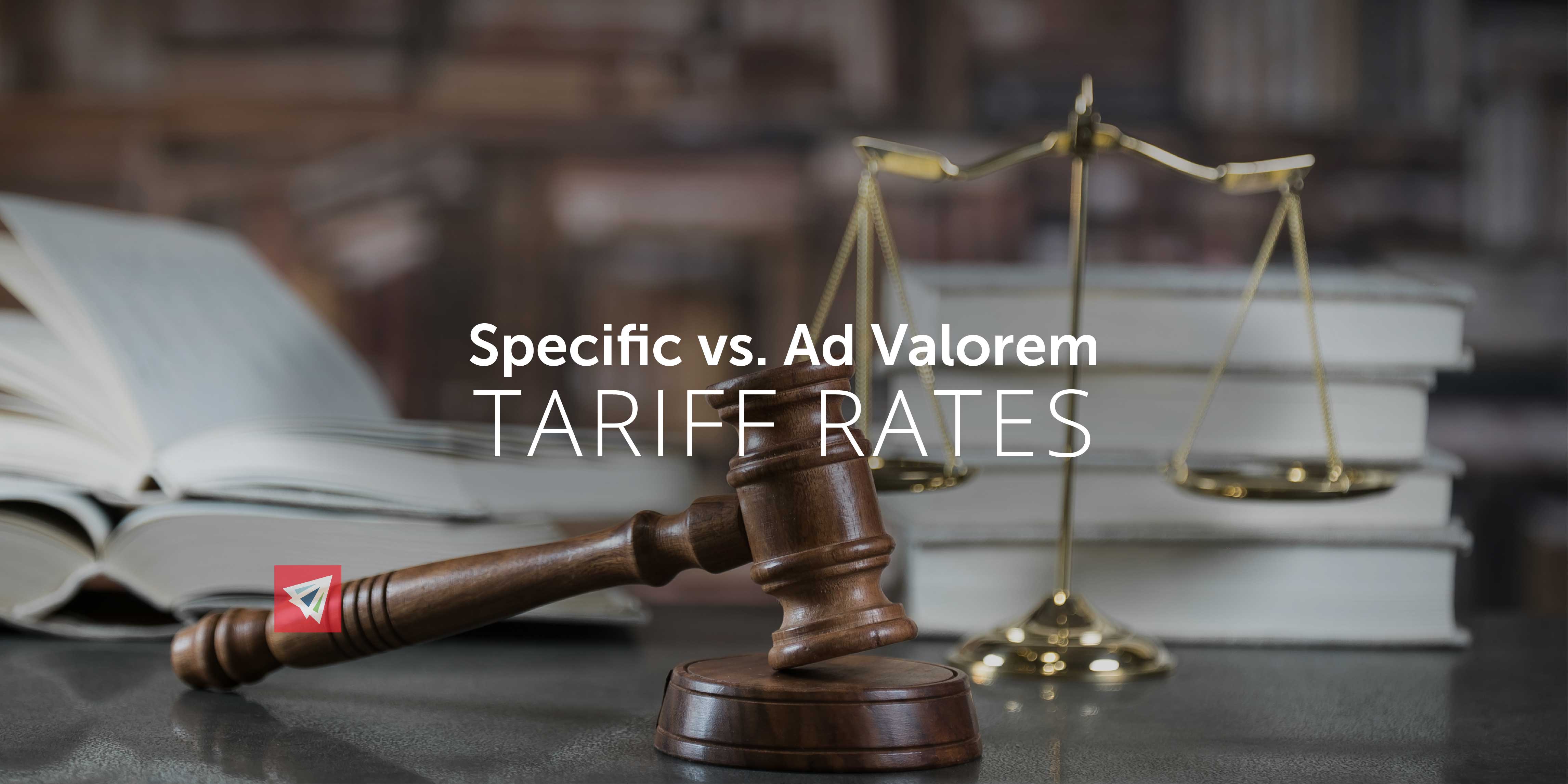Tariff Rates Definition
If you import to the United States, you are most likely familiar with tariff rates and how they affect your transportation costs. After all, the majority of internationally traded products are assigned a tariff taxation – whether here in the United States or in their destination country. However, while many people are used to seeing their tariff rate charges and paying them, few people understand the different types of tariff rates and how they are calculated.
How Tariff Rates Are Calculated
Tariffs are a taxation placed on goods that are imported to the United States. These exist for a couple of reasons:
- It gives the government money to help facilitate customs inspections, pay port employees, and assist with international transactions.
- It regulates local and international trade.
The government can regulate local and international trade with tariff rates by increasing import tariffs on products they want produced within the U.S. and by dropping the tariff rates on products that should be imported more frequently.
How a tariff rate is calculated depends on the type of tariff which is assigned to a particular good. The two most popular types of tariff rates are: Specific and Ad Valorem tariff rates.
Specific Tariff Rate Calculation
Specific tariff rates are calculated as a fixed dollar amount per unit of a good. For example, shoes manufactured in a certain country may have a tariff of $0.12 per pair. Specific tariff rates can also be calculated as a fixed amount per “quantity”. In other words, a tariff may be assigned based on the weight of a particular product as $100 per ton.
Note that specific tariffs are never referenced as percentages. They are always referred to in reference to a unit or quantity of units/weight.
Ad Valorem Tariff Rate Calculation
Ad Valorem tariff rates are calculated as a fixed percentage of the assessed commercial value of the goods. If a product you are importing has a stated commercial value of $5,000 and an Ad Valorem tariff rate of 5%, you would pay $250 in tariff rate charges. In this instance, it is not the quantity but the value which dictates the tariff rate costs associated with the import.
Using our prior shoe import example, if all shoes imported from a particular country are assigned a $0.12 per pair specific tariff, the quality and cost of the shoe would not change the tariff rate charges. However, if these shoes were taxed based on Ad Valorem tariff rates, the commercial value of the shoes would have a direct correlation to the taxation of the goods.
Conclusion
Tariff rates aren’t incredibly confusing; however, it seems to be a subject that many in the logistics industry lack a full understanding of. Since importers don’t necessarily have a choice regarding which type of tariff is assigned to an import, logistics managers go about paying their transportation bills without recognizing what factors are impacting their costs. Understanding topics such as tariff rates and preferential duties can aid you in wisely navigating your transportation decisions to take advantage of low tariff rate imports and cost-cutting opportunities.
If you are interested in learning more about tariff rates or have any questions related to the topic, reach out to one of our team members. We have extensive experience in the logistics field and are happy to help in any way we can!
